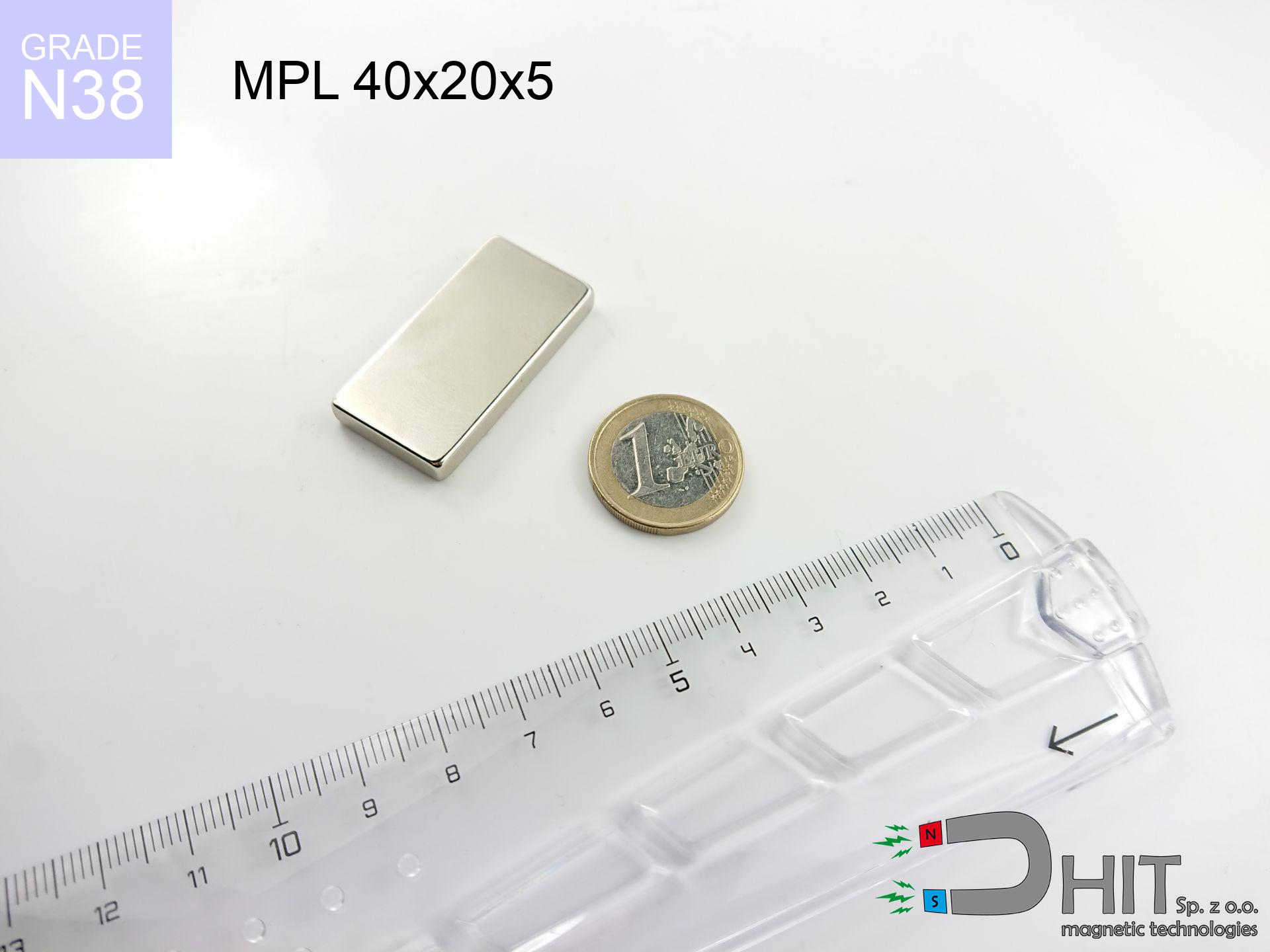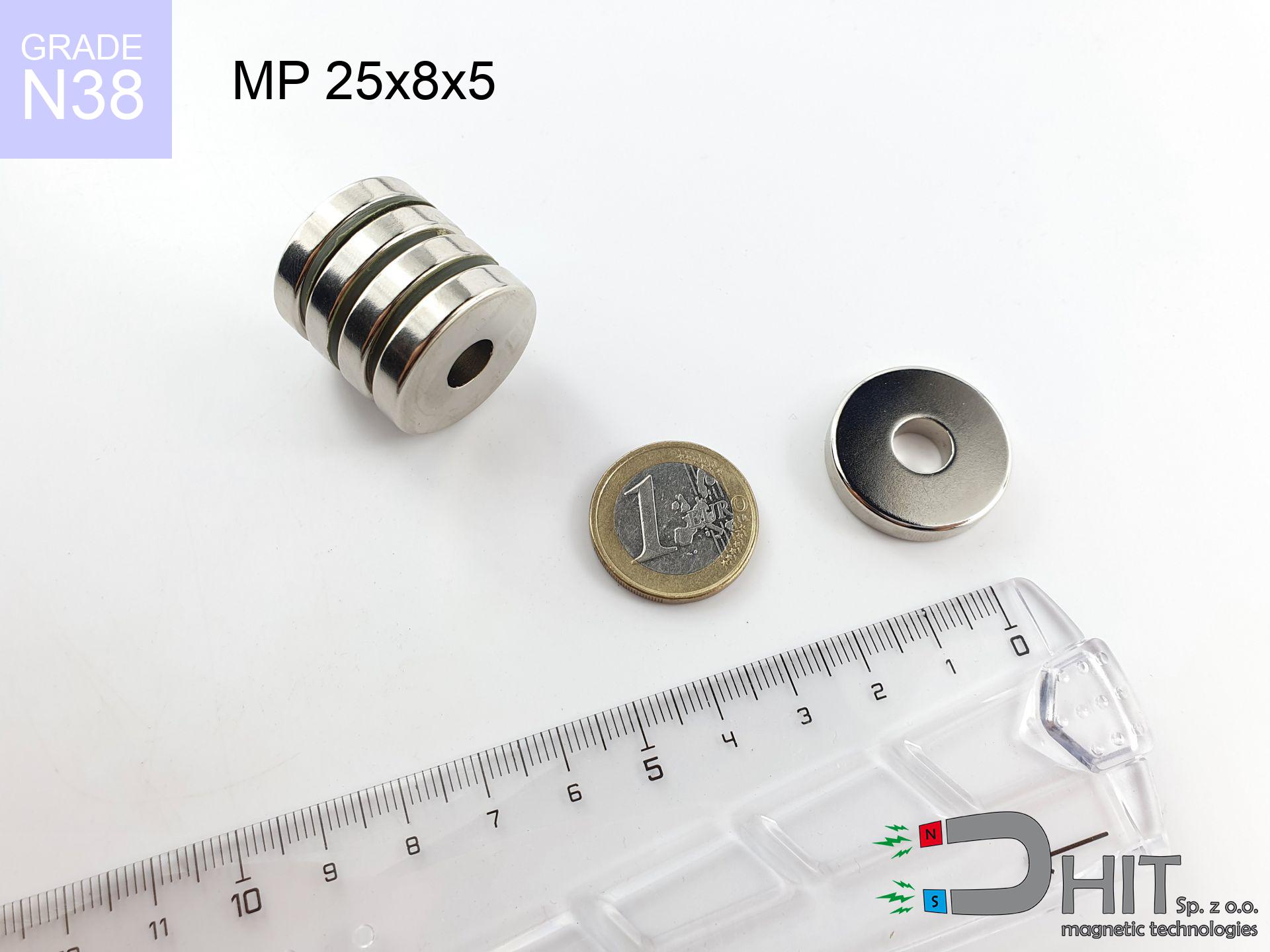BM 700x180x75 [8xM10] - magnetic beam
magnetic beam
Catalog no 090472
GTIN/EAN: 5906301812616
length
700 mm [±1 mm]
Width
180 mm [±1 mm]
Height
75 mm [±1 mm]
Weight
35000 g
6150.00 ZŁ with VAT / pcs + price for transport
5000.00 ZŁ net + 23% VAT / pcs
bulk discounts:
Need more?
Contact us by phone
+48 888 99 98 98
alternatively drop us a message via
contact form
through our site.
Parameters as well as form of neodymium magnets can be estimated on our
modular calculator.
Order by 14:00 and we’ll ship today!
Detailed specification - BM 700x180x75 [8xM10] - magnetic beam
Specification / characteristics - BM 700x180x75 [8xM10] - magnetic beam
| properties | values |
|---|---|
| Cat. no. | 090472 |
| GTIN/EAN | 5906301812616 |
| Production/Distribution | Dhit sp. z o.o. |
| Country of origin | Poland / China / Germany |
| Customs code | 85059029 |
| length | 700 mm [±1 mm] |
| Width | 180 mm [±1 mm] |
| Height | 75 mm [±1 mm] |
| Weight | 35000 g |
| Manufacturing Tolerance | ±1 mm |
Physical properties of sintered neodymium magnets Nd2Fe14B at 20°C
| properties | values | units |
|---|---|---|
| Vickers hardness | ≥550 | Hv |
| Density | ≥7.4 | g/cm3 |
| Curie Temperature TC | 312 - 380 | °C |
| Curie Temperature TF | 593 - 716 | °F |
| Specific resistance | 150 | μΩ⋅cm |
| Bending strength | 250 | MPa |
| Compressive strength | 1000~1100 | MPa |
| Thermal expansion parallel (∥) to orientation (M) | (3-4) x 10-6 | °C-1 |
| Thermal expansion perpendicular (⊥) to orientation (M) | -(1-3) x 10-6 | °C-1 |
| Young's modulus | 1.7 x 104 | kg/mm² |
Elemental analysis
| iron (Fe) | 64% – 68% |
| neodymium (Nd) | 29% – 32% |
| boron (B) | 1.1% – 1.2% |
| dysprosium (Dy) | 0.5% – 2.0% |
| coating (Ni-Cu-Ni) | < 0.05% |
Environmental data
| recyclability (EoL) | 100% |
| recycled raw materials | ~10% (pre-cons) |
| carbon footprint | low / zredukowany |
| waste code (EWC) | 16 02 16 |
Other products
Advantages and disadvantages of Nd2Fe14B magnets.
Benefits
- They retain full power for almost 10 years – the drop is just ~1% (according to analyses),
- They maintain their magnetic properties even under strong external field,
- Thanks to the glossy finish, the coating of nickel, gold, or silver-plated gives an professional appearance,
- Magnetic induction on the surface of the magnet is strong,
- Made from properly selected components, these magnets show impressive resistance to high heat, enabling them to function (depending on their shape) at temperatures up to 230°C and above...
- Thanks to modularity in shaping and the ability to adapt to specific needs,
- Fundamental importance in future technologies – they are utilized in data components, electric motors, medical equipment, also other advanced devices.
- Compactness – despite small sizes they offer powerful magnetic field, making them ideal for precision applications
Limitations
- To avoid cracks upon strong impacts, we suggest using special steel housings. Such a solution secures the magnet and simultaneously improves its durability.
- Neodymium magnets decrease their power under the influence of heating. As soon as 80°C is exceeded, many of them start losing their force. Therefore, we recommend our special magnets marked [AH], which maintain stability even at temperatures up to 230°C
- Magnets exposed to a humid environment can corrode. Therefore while using outdoors, we advise using water-impermeable magnets made of rubber, plastic or other material resistant to moisture
- Due to limitations in creating nuts and complex shapes in magnets, we propose using a housing - magnetic mount.
- Health risk resulting from small fragments of magnets pose a threat, if swallowed, which is particularly important in the context of child health protection. Furthermore, small elements of these magnets can be problematic in diagnostics medical after entering the body.
- Higher cost of purchase is one of the disadvantages compared to ceramic magnets, especially in budget applications
Lifting parameters
Detachment force of the magnet in optimal conditions – what it depends on?
- on a block made of structural steel, effectively closing the magnetic field
- with a cross-section no less than 10 mm
- with a plane perfectly flat
- under conditions of gap-free contact (metal-to-metal)
- under vertical force direction (90-degree angle)
- at conditions approx. 20°C
Determinants of lifting force in real conditions
- Distance (between the magnet and the plate), as even a very small distance (e.g. 0.5 mm) can cause a reduction in force by up to 50% (this also applies to varnish, corrosion or debris).
- Load vector – maximum parameter is reached only during perpendicular pulling. The resistance to sliding of the magnet along the plate is usually many times smaller (approx. 1/5 of the lifting capacity).
- Steel thickness – too thin plate does not close the flux, causing part of the flux to be wasted into the air.
- Plate material – mild steel attracts best. Alloy steels lower magnetic permeability and lifting capacity.
- Plate texture – ground elements guarantee perfect abutment, which increases field saturation. Rough surfaces weaken the grip.
- Thermal factor – high temperature reduces pulling force. Exceeding the limit temperature can permanently damage the magnet.
Holding force was checked on a smooth steel plate of 20 mm thickness, when the force acted perpendicularly, however under shearing force the lifting capacity is smaller. Additionally, even a slight gap between the magnet and the plate decreases the lifting capacity.
H&S for magnets
Caution required
Be careful. Rare earth magnets act from a long distance and snap with huge force, often faster than you can move away.
Dust is flammable
Dust produced during machining of magnets is combustible. Avoid drilling into magnets without proper cooling and knowledge.
This is not a toy
Absolutely keep magnets out of reach of children. Ingestion danger is significant, and the consequences of magnets clamping inside the body are fatal.
Threat to electronics
Intense magnetic fields can erase data on credit cards, hard drives, and other magnetic media. Stay away of min. 10 cm.
Danger to pacemakers
Warning for patients: Strong magnetic fields disrupt medical devices. Maintain minimum 30 cm distance or request help to handle the magnets.
Magnets are brittle
Beware of splinters. Magnets can fracture upon uncontrolled impact, launching sharp fragments into the air. Eye protection is mandatory.
GPS Danger
A strong magnetic field negatively affects the functioning of compasses in smartphones and navigation systems. Keep magnets near a device to prevent damaging the sensors.
Bodily injuries
Watch your fingers. Two powerful magnets will snap together instantly with a force of several hundred kilograms, destroying everything in their path. Be careful!
Nickel coating and allergies
Medical facts indicate that the nickel plating (the usual finish) is a strong allergen. For allergy sufferers, refrain from direct skin contact or opt for versions in plastic housing.
Operating temperature
Keep cool. NdFeB magnets are sensitive to temperature. If you require operation above 80°C, ask us about special high-temperature series (H, SH, UH).

![Plate separator BM 700x180x75 [8xM10] Plate separator BM 700x180x75 [8xM10]](https://cdn3.dhit.pl/graphics/banners/magnet.webp)





